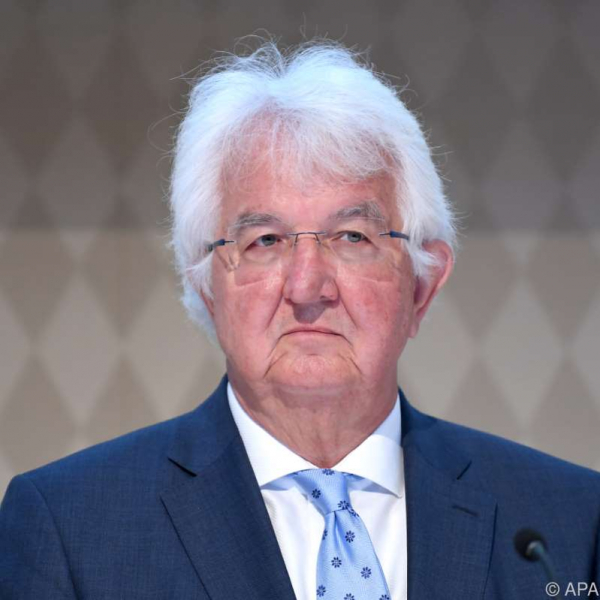
National Bank Governor Robert Holzmann
The Austrian National Bank expects the inflation rate to rise slightly despite the slowdown in economic development. Responsible for this will be the expiry of the inflation-dampening oil price effect and the improvement in demand that began this year. The inflation expectations of households are very different, the corona crisis has increased the uncertainties here.
Despite the tightened measures to contain the Covid 19 pandemic in November 2020, according to the central bank forecast from December of the previous year, the inflation rate – as measured by the Harmonized Index of Consumer Prices (HICP) – will increase slightly this year. An inflation rate of 1.4 percent is expected for 2021, then an increase to 1.7 percent in 2022 and 2023.
The National Bank initially expects the core inflation rate – calculated excluding energy and food – to decline significantly: it is likely to fall from 2.0 percent in 2020 to 1.3 percent in 2021. As of the second quarter, the core inflation rate should accelerate again and amount to 1.8 percent in 2022 and 1.7 percent in 2023, as the Oesterreichische Nationalbank (OeNB) announced on Monday.
In the previous year, the consumer price increase in July was 1.8 percent. It has tripled compared to May. In November the HICP inflation rate was 1.1 percent. The core inflation rate also fell until November. The second lockdown at the end of the year was once again linked to the lack of observable market prices for products in the shopping cart and thus the need to carry out price updates when calculating inflation. This affected 18 percent of the Austrian HICP basket in November. “This is why the most recently observed inflation rates in the hospitality and accommodation sectors as well as leisure and cultural services must be interpreted with caution,” said the National Bank.
Households' inflation expectations showed great heterogeneity in the short and long term and averaged 3.1 percent. In the course of the corona-related inflation decline to just over 1 percent in the first half of 2020, the heterogeneity increased further. At the same time, there was an increase in uncertainty about inflation expectations caused by the crisis. Around 1,400 households were surveyed. Since higher uncertainty tends to go hand in hand with increasing deviations in inflation expectations from actual inflation, this could explain the high inflation expectations despite falling inflation rates during the Covid-19 pandemic, according to the OeNB.

